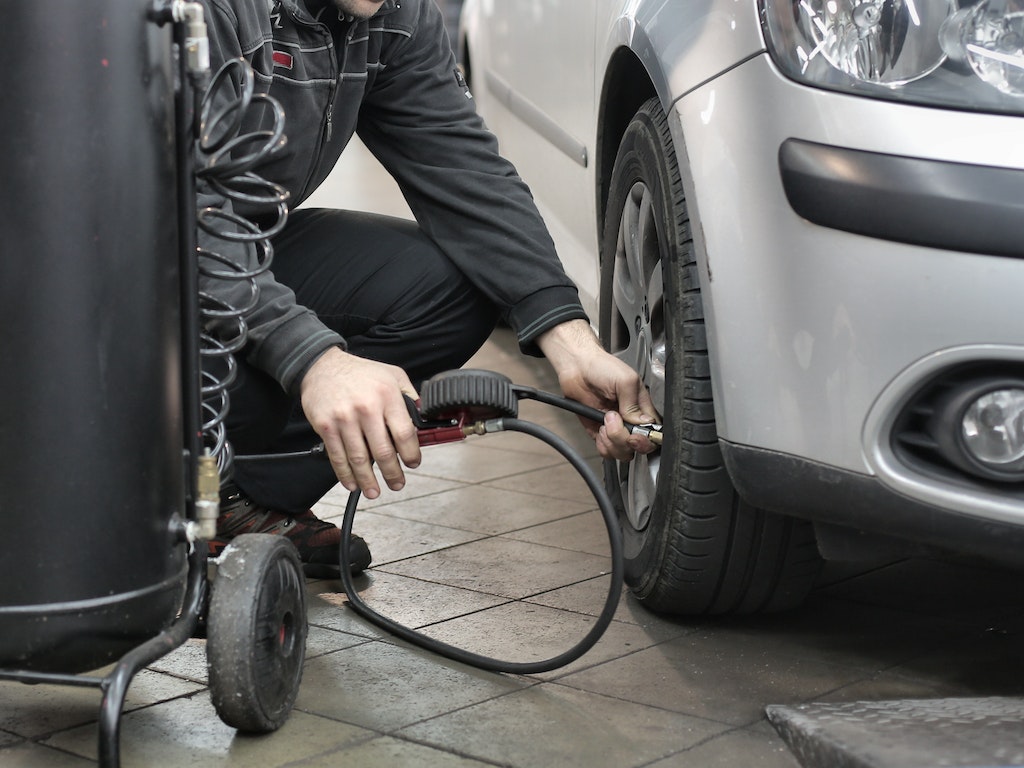Think Your Tires Are Safe? Read This
Your tires are essentially the only parts of the vehicle touching the road. Thus, they affect the handling, ride quality, braking, and safety. For optimum performance, tires should be regularly inspected so small problems can be detected and fixed before they can go on to become more significant issues down the line. That’s why we put together this guide that explains how you can spot signs of tire wear.
Signs of Tire Wear
Paying attention to the signs of tire wear can help you increase the life of your tires and improve fuel economy and safety. If you see any unusual wear patterns, or if your vehicle is pulling to one side or drifting, take your car to an automotive service professional for a tire inspection. Here are some common signs of tire wear.
Overinflation: When you overinflate your tires, most of its middle section comes into contact with the road. This can cause excess wear at the center of the tread and less wear on the edges.
Underinflation: Like overinflation, underinflation can also cause problems for your vehicle. Too little air pressure usually causes the tire’s edges to wear out a lot faster than the center.
Erratic Tread Wear: Erratic tread wear, also called cupping or scalloping, on your tires, is often caused by a wheel that’s out of balance or worn-out shocks. The problem could also be caused by your brakes.
Excess Tread Wear on One Side of The Tire: When the wheels are out of alignment, it can create excessive tire wear on one side. In this case, have an expert check your wheel alignment and address any issues as soon as possible in order to extend the life of your tires and improve your safety.
Unusual Sounds While Driving: If your car is thumping and bumping while driving, you may have a tire that has a flat spot or a separated belt. Keep in mind that some noise is natural, but if you’re constantly hearing sounds, it’s best to take your car in for a tire inspection.





